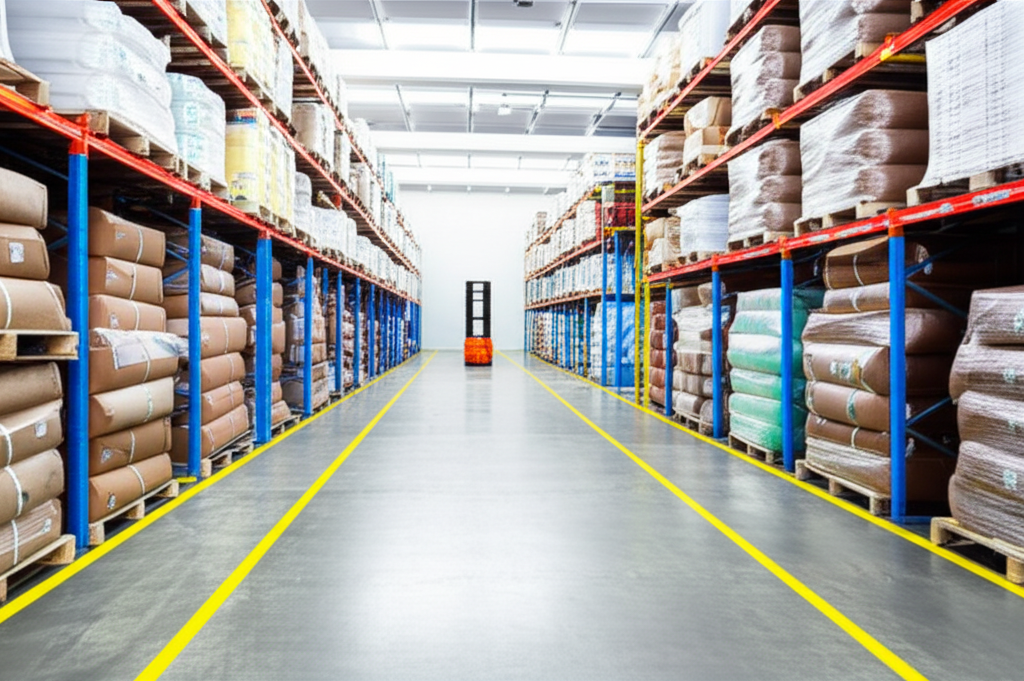The evolution of ceramic manufacturing has long grappled with limitations in decorative artistry, where traditional pressure slip casting often produces stiff, monotonous surfaces. Existing methods, typically operating below 0.3MPa to safeguard plaster molds, result in unyielding designs that fail to captivate modern tastes. Consumers crave ceramics brimming with life—vibrant colors, flowing patterns, and effortless elegance—yet conventional techniques fall short, causing frustration with bland outcomes and inefficiencies like clogged injection points or uneven texture formation. This persistent gap in creative expression has sparked a breakthrough: a hybrid slip casting ceramic process that redefines ceramic artistry by blending color dynamics with mechanical ingenuity for unparalleled visual flair.
At its core, this innovative approach revolves around meticulous preparation and adaptable execution. Initially, artisans prepare at least two distinct colored ceramic slurries, with viscosities tightly regulated between 40 and 80 degrees. Crucially, the density difference between any pair must not exceed 20 degrees, ensuring homogenous stability during integration and preventing separation issues that plague older methods. Alongside, diverse hues of ceramic clay are mixed, and standard molding apparatus is readied. The transformative stage—hybrid injection—unfolds as the mold is situated on a rotating platform. As the disk spins, either randomly or rhythmically, colored slurries are simultaneously injected. This orchestration creates swirling, streak-like, or intricate patterns, with the process imposing strict height controls: injection occurs within 0-50cm above the mold base, and multi-slurry mixing is confined to within 0-100cm of the mold surface, enhancing precision and minimizing turbulence.
Flexibility in implementation sets this method apart, offering multiple routes to achieve stunning effects. When rotation isn't practical, creators can inject blended slurries while mechanically shaking pouring tools—tubes or buckets—to induce directed or undirected textures. Imagine linear strokes, vertical ripples, or stippled accents emerging spontaneously from such movements, adding kinetic depth to each piece. For those seeking industrial efficiency, high-pressure casting machines provide a viable alternative. Slurries are poured into pressure setups naturally, fostering chaotic yet beautiful blends at safe intensities that preserve molds. Alternatively, a sequential layering technique shines: a base coat of single-hue slurry is lightly applied, followed by freehand patterning with other colors using precise injection. This method mimics brushwork artistry, producing unique motifs without additional tools. Not to be overlooked is semi-blending—stirring slurries to a partially combined state before pressure-forming in roll presses—which yields organic, irregular textures ideal for abstract designs, all while maintaining slurry integrity to prevent full color homogenization.

The outcomes demonstrate a quantum leap in ceramic excellence. Through this hybrid process, pieces embody visually arresting textures—crisp, vivid, and resilient against fading, thanks to the controlled slurry properties. Pattern formation leans organic, mimicking natural gradients and spontaneous beauty that surpasses rigid, machine-made aesthetics. A key advantage lies in simplicity: producers leverage existing equipment like basic molds or rotators, lowering overhead while eliminating common defects like cracked surfaces. In trials, patterns retained their luminous charm through multiple firings, proving both practical and scalable across diverse items—from tableware to sculptures—without sacrificing mass-production viability.
Ultimately, this hybrid casting method democratizes artistic ceramics, marrying innovation with tradition. It empowers small-scale artists and large factories alike to craft bespoke, eye-catching pieces that resonate with contemporary demands for individuality and durability. As this approach gains traction, it signals a renaissance in ceramic creation, where fluid motion and chromatic richness transform mundane forms into masterpieces, reimagining an age-old craft with minimalistic brilliance for future applications.
Manufacturing Facilities






Professional Export Experience
to Global Customers

1. 20 years of R&D, manufacturing and sales experience, serving customers in 60 countries and regions around the world;
2. Own R&D laboratory, pilot platform and large-scale production workshop, which can meet the audit requirements of global customers;
3. We can satisfy customers' perfect transition from small scale lab requirements (gram level) to commercialization requirements (hundred tons level).
A: We don't have Minimum Order Quantity, exact quantity should be provided before quotation for us to calculate the exact cost.
A: We don't provide free samples due to lots of request and expensive international courier's cost, we can deduct the sample charge after commercial order placed.
A: Our payment terms: Small or sample order: T/T IN ADVANCE. Commercial order: First order should be by T/T IN ADVANCE or L/C at sight, and following orders T/T 30~90days is acceptable subject to approval of credit application.